Gcom Eye Drop
₹108*
MRP ₹120
10% off
₹102*
MRP ₹120
15% CB
₹18 cashback(15%)
Free Delivery
With Circle membership
(Inclusive of all Taxes)
This offer price is valid on orders above ₹800. Apply coupon PHARMA10/PHARMA18 (excluding restricted items)
Know Your Delivery Time
Provide Delivery Location

Whats That

Secure Payment

India's Most Trusted Pharmacy

Genuine Products
Composition :
Manufacturer/Marketer :
Consume Type :
Return Policy :
About Gcom Eye Drop
Gcom Eye Drop belongs to the ophthalmic eye medications primarily used to treat post-operative eye pain and inflammation. The eye is a very fragile organ and requires extreme care before, during and after a surgical procedure to minimize or prevent further damage. It causes some conditions like pain, redness, and swelling associated with surgeries of the eyes.
Gcom Eye Drop contains two medicines: Gatifloxacin and Ketorolac. Gatifloxacin is an antibiotic. It kills bacteria by preventing bacterial cell division and cell repair. Ketorolac is a non-steroidal anti-inflammatory drug (NSAID) that is a painkiller. It works by blocking the release of several chemical messengers that cause inflammation (redness and swelling) and pain in the eye. Together it relieves pain and inflammation.
Take Gcom Eye Drop as prescribed by your doctor. You are advised to take Gcom Eye Drop for as long as your doctor has prescribed it for you, depending on your medical conditions. You may experience common side effects like eye irritation, watery eyes, and a burning sensation. Most of these side effects of Gcom Eye Drop do not require medical attention and gradually resolve over time. However, if the side effects are persistent, reach out to your doctor.
Please do not use Gcom Eye Drop without consulting your doctor if you have asthma, bleeding disorders and allergic reactions to Gcom Eye Drop and its components. Avoid touching the dropper with bare hands or taking it closer to the eyelids while administering drops since it contaminates the dropper tip and solution. It is advised to check with your doctor before using Gcom Eye Drop if you are pregnant, currently breastfeeding or taking any other prescribed or non-prescribed medicines. Consumption of alcohol is not recommended during treatment with this Gcom Eye Drop due to the increased risk of gastrointestinal bleeding. Do not use Gcom Eye Drop in case of blurred vision or using any contact lens.
Uses of Gcom Eye Drop
Medicinal Benefits
Gcom Eye Drop contains two medicines: Gatifloxacin and Ketorolac belong to the ophthalmic eye medications primarily used to treat post-operative eye pain and inflammation. Gatifloxacin is an antibiotic. It kills bacteria by preventing bacterial cell division and cell repair. Ketorolac is a non-steroidal anti-inflammatory drug (NSAID) that is a painkiller. It works by blocking the release of several chemical messengers that cause inflammation (redness and swelling) and pain in the eye. Gcom Eye Drop is also used in the treatment of bacterial eye infections.
Side Effects of Gcom Eye Drop
Watery eyes
Burning sensation
Stinging
Blurred vision
Headache
Eye discharge
Eye irritation
Directions for Use
Storage
Drug Warnings
Please do not use Gcom Eye Drop without consulting a doctor, if you have asthma, bleeding disorders and allergic reactions to Gcom Eye Drop and its components. Avoid touching the dropper with bare hands or taking it closer to the eyelids while administering drops since it contaminates the dropper tip and solution. It is advised to check with your doctor before using Gcom Eye Drop if you are pregnant, currently breastfeeding or taking any other prescribed or non-prescribed medicines. Consumption of alcohol is not recommended during treatment with this Gcom Eye Drop. Do not use Gcom Eye Drop in case of blurred vision or using any contact lens. Gcom Eye Drop is not recommended for use in patients less than 3 years of age.
Therapeutic Class
Diet & Lifestyle Advise
- Eat probiotics and a diet rich in vitamins can help to improve eye health and prevent infection.
- Rinse your eyes regularly with clean water.
- Do not rub your eyes even though some ophthalmic drugs make your eye itchy.
- Eat fibre-rich food like whole grains, beans, lentils, berries, broccoli, peas and bananas.
- Avoid foods rich in calcium, grapefruit and grapefruit juice as they might hinder antibiotic's absorption.
- Avoid the usage of tobacco and alcohol.
- To cure your condition effectually complete the full course of Gcom Eye Drop even though you find symptomatic relief.
Habit Forming
How Gcom Eye Drop Works
What if I have taken an overdose of Gcom Eye Drop
Alcohol
Caution
Consumption of alcohol is not recommended during treatment with this Gcom Eye Drop.
Pregnancy
Caution
Gcom Eye Drop is not recommended for use in pregnancy unless absolutely necessary. All the risks and benefits should be discussed with the doctor before using this Gcom Eye Drop.
Breast Feeding
Caution
Gcom Eye Drop is not recommended for use in breastfeeding women unless absolutely necessary. All the risks and benefits should be discussed with the doctor before using this medicine.
Driving
Caution
Gcom Eye Drop may cause side effects like blurry vision, affecting your driving ability. Do not drive or operate machinery in such cases. Drive only when you are alert and have clear vision.
Liver
Caution
Inform your doctor if you have any history of liver diseases. Your doctor will weigh the benefits and potential risks before prescribing Gcom Eye Drop.
Kidney
Caution
Inform your doctor if you have any history of kidney diseases. Your doctor will weigh the benefits and potential risks before prescribing Gcom Eye Drop.
Children
Caution
Gcom Eye Drop is not recommended for use in patients less than 3 years. Please consult your doctor before taking Gcom Eye Drop.
Country of origin
Author Details
We provide you with authentic, trustworthy and relevant information







